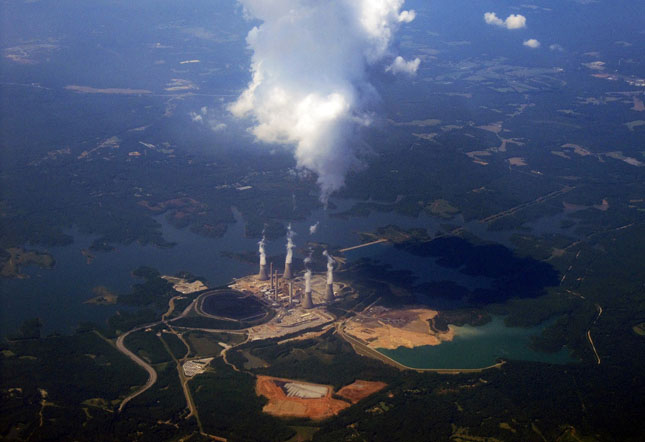-
Obama’s Clean Power Plan Sets Up States to Become Energy Innovators
August 5, 2015 By Ruth Greenspan Bell
President Obama’s recently announced Clean Power Plan – potentially a major turning point in the fight to contain greenhouse gas emissions and stop the slide toward an ever-warming Earth – is oddly both a courageous step in the right direction and codification of a process already underway.
Huge changes are afoot in terms of how energy is generated and consumed, and the new set of regulations, announced over the weekend, institutionalizes and gives further force to those changes. Although there will be vigorous and well-funded legal challenges, I believe most Americans will welcome the president’s action and that history will see it as a threshold moment. The plan gives support and courage to the many states and cities – and progressive utilities and companies – already working hard to improve their energy efficiency. The framework is one that future leaders can build on.
Stemming the flow of greenhouse gases into the atmosphere and oceans will impact almost every part of human lifeIt is of particular interest to me that the plan set out by the Environmental Protection Agency recognizes that managing climate change is a multi-layered battle with many fronts and no single or unique solutions. It seems symptomatic of 21st century challenges that few have silver bullet solutions. There is no clear front in the struggle against terrorism, no trenches that demark where the fighting takes place, no single evil leader to eliminate.
Similarly, climate change is about how humans use energy, a most fundamental part of our lives deeply entwined with virtually every daily activity and frequently done without much consideration. There is no easy solution. Stemming the flow of greenhouse gases into the atmosphere and oceans requires complex interactions between formal institutions, civil society, and individuals to enact policies and make decisions impacting almost every part of human life. The governance challenge is to wield enough power, authority, and influence to respond to the challenge in time without doing more harm than good.
The Clean Power Plan is a sophisticated vision of a “silver buckshot” approach. It invites states to consider and adopt a variety of approaches and measures that work best under their individual circumstances. It encourages invention and will call the best minds among us to take up this challenge to build an inhabitable world.
Not Just Technology, Behavior Change
Some of the obvious options involve alternative energy (e.g., solar and wind), technological approaches that try to work around or constrain human behavior (e.g., more efficient appliances or substituting electric for internal combustion engine cars), and regulatory approaches that cap emissions or directly price the environmental and social consequences of carbon emissions.
But states can – and should – also consider human behavior. We know that habit and status-quo bias can thwart new technology (“if you build it, they may not come”). Examples of habits that rapidly accumulate to big energy consumption include routine personal decisions to use the car to do errands or leave it idling it while waiting for a child to emerge from school; leaving home or office computers on overnight; and purchasing energy inefficient light bulbs and appliances. Analogues are easily found in the workplace.
U.S. household energy use accounts for 8% of global CO2 emissionsTom Dietz and colleagues have estimated that household energy use alone accounts for approximately 38 percent of overall U.S. CO2 emissions or about eight percent of global emissions (or larger than the 2009 emissions of any country except China). They calculate that greater awareness of behavioral obstacles to change could reduce this by about 20 percent within 10 years.
Significant research over the years has identified human propensities that can productively be harnessed to change those habitual dynamics. The literature on social norms – the human instinct to imitate the behavior of others – and choice architecture tools, like changing default options to efficient choices, all suggest there are effective ways to re-motivate and change energy consumption habits.
The Clean Power Plan opens the door to adding these to the climate tool box. Inventive states will be able to build on these powerful insights, putting them to work in real-world settings. It will be exciting and gratifying to see what solutions emerge as the best, and I wouldn’t be surprised if those involving behavioral change, either at the individual or institutional level, are among the winners and, frankly, among the easier to achieve.
Ruth Greenspan Bell is a public policy scholar at the Wilson Center and a visiting scholar at the Environmental Law Institute.
Sources: Daedalus, PNAS, The White House.
Photo Credit: A power plant in Georgia, courtesy of flickr user Julie Falk.
Topics: climate change, coal, consumption, economics, energy, environment, featured, mitigation, natural gas, U.S.
 A Publication of the Stimson Center.
A Publication of the Stimson Center.



